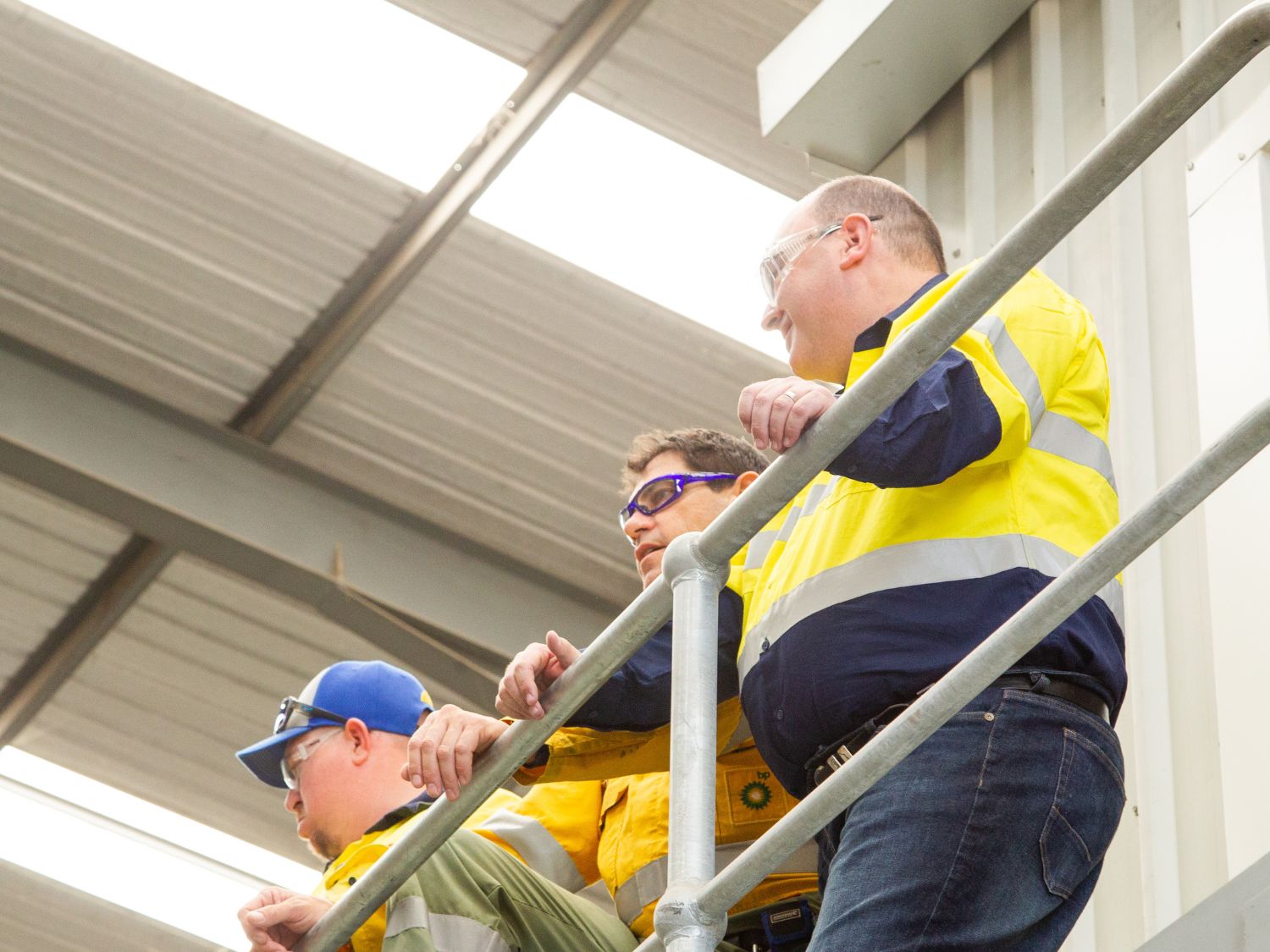The Fatality Free Future Workshop series has officially launched!
On March 27, I presented the first in my new series of workshops looking at a Fatality Free Future®. This workshop focused on how organisations can harness behavioural science to reduce exposure to serious injuries and fatalities.
Both during and after the workshop, attendees contributed their thoughts and questions, which I’ve answered here as a post-workshop reflection.
1. What are damaging energies, and why does defining them matter?
Understanding damaging energies is foundational to risk management and injury prevention. Damaging energies are physical forces that, when uncontrolled, can harm people, equipment, or the environment. These include gravity, mechanical energy, electrical energy, chemical energy, pressure, kinetic energy, and thermal energy.
Defining damaging energies matters because it shifts the focus from what went wrong to what could go wrong. It enables the identification of potential serious injury and fatality exposures, helps teams visualise risk better, and connects hazards with real consequences.
Not all hazards are equal. A trip hazard may cause a minor sprain, but the uncontrolled release of high-pressure gas can be fatal. Focusing only on frequency-based metrics (e.g., slips, trips, paper cuts) can divert attention from life-threatening exposures.
The same incident can have different consequences depending on context. For example, a fall from 1 metre versus 10 metres.
2. Can you explain the research behind Heinrich and Bird’s Triangle? How has that model created unintentional distractions, such as an overfocus on TRIFR rates?
Let’s start with Heinrich. In the 1930s, safety engineer Herbert William Heinrich proposed the theory that for every major injury, there are 30 minor injuries and 300 non-injury events. He concluded that by reducing minor incidents, you reduce major ones. His research focused heavily on individual behaviour as the root cause of accidents.
In 1969, Frank E. Bird validated and updated Heinrich’s model using 1.75 million incident reports. He proposed a ratio of 1 major injury: 10 minor injuries: 30 property damage incidents: 600 near misses.
These models shaped the idea that controlling low-level incidents reduces serious outcomes. While the intention was good, the interpretation has led to problematic assumptions over time, especially when combined with modern metrics like TRIFR. A performance culture obsessed with achieving zero TRIFR can distract from real risk. Organisations may feel safer on paper, while high-energy exposures remain poorly controlled.
TRIFR (Total Recordable Injury Frequency Rate) Issues:
- Rewards reduction in minor injuries (cuts, strains) but doesn’t differentiate by potential severity
- Encourages underreporting or reclassification to keep rates low
- Shifts attention away from critical risk management and serious injury and fatality (SIF) exposures
- Can promote a false sense of safety progress because rates are down, yet fatal and serious incidents remain static or rise
3. Should we believe the spin? Is behavioural science a bad thing?
There’s a growing narrative that behavioural safety programs are outdated or ineffective, especially with the rise of Human and Organisational Performance (HOP). While poorly designed behaviour-based safety (BBS) programs have created frustration, behavioural science itself is not the problem – it’s how we’ve used it.
Behavioural science is a legitimate, evidence-based field that helps us understand decision-making, habit formation, motivation, and social influence. It has informed everything from road safety to public health to leadership development.
The real issue lies in some BBS programs becoming checkbox systems or blame-focused programs that punish workers for the very behaviours the system created. They can also oversimplify the complexity of work environments.
Behavioural science combined with systems thinking is a powerful approach. It helps us understand what drives behaviours in real work conditions and allows for better coaching, design, and feedback.
In conclusion
Rather than discarding behavioural science, we should continue to evolve it. Focus on context, reinforcement, feedback, and environment to create meaningful improvements in safety outcomes.
Join me on the next workshop

